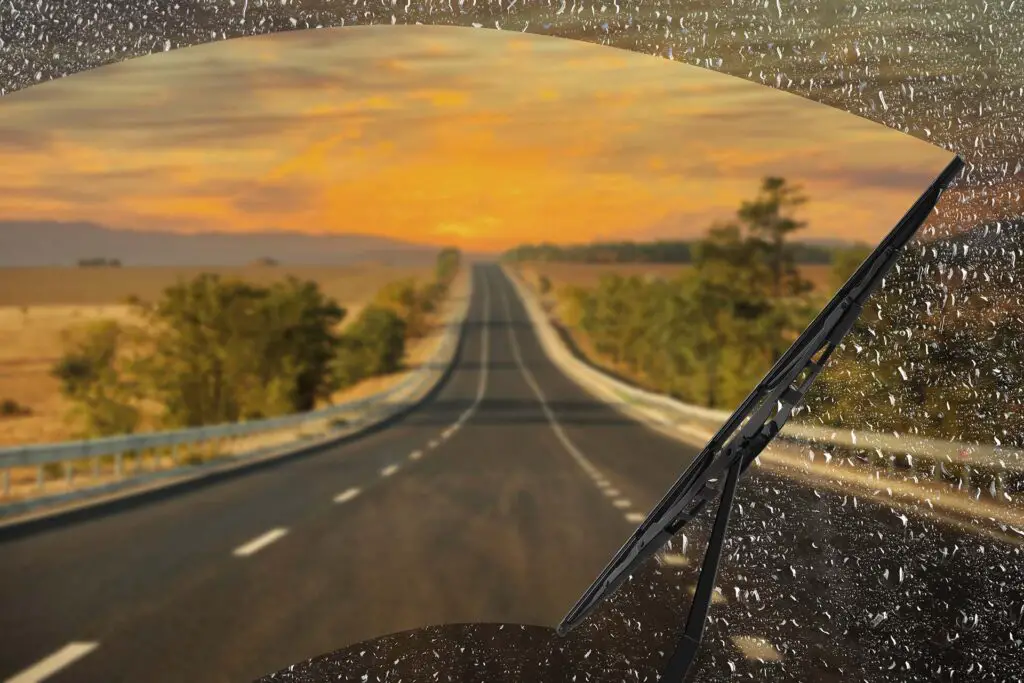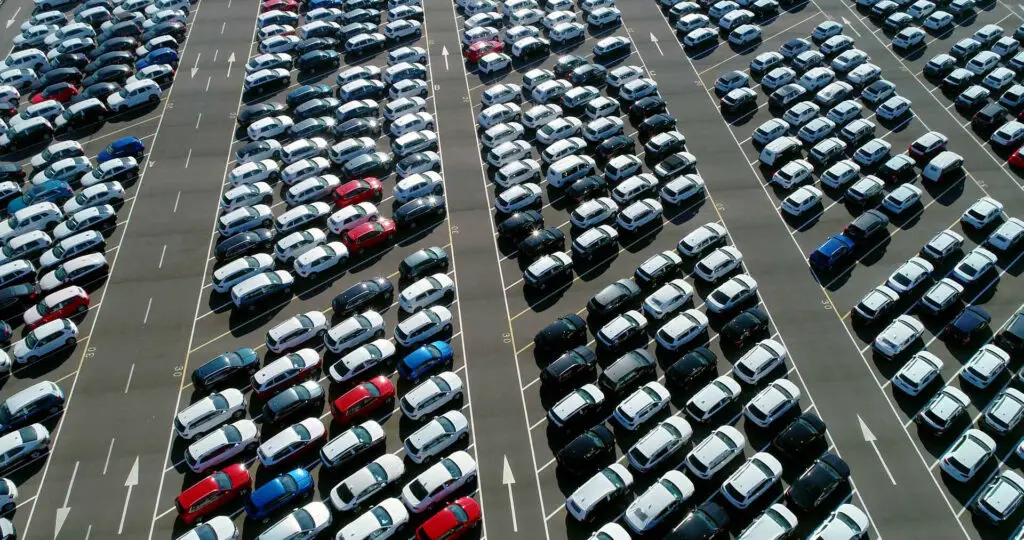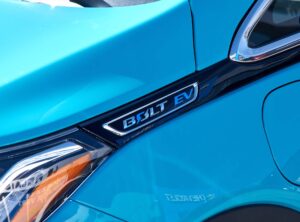Getting behind the wheel in a new country always comes with surprises, and driving in the US is no different. From massive highways and ever-changing speed limits to a love for big cars and wide-open spaces, American roads have their own set of rules and quirks. Whether you’re visiting or planning a longer stay, understanding these differences can make all the difference. So, how does it compare to driving elsewhere? Let’s dive in!
Driving in the USA – Understand Road Rules and Regulations
Driving can be stressful, especially in a new environment where the rules and road culture feel unfamiliar. From navigating busy highways to dealing with unpredictable traffic, it is easy to feel overwhelmed. A big part of reducing driving stress is understanding a driver’s responsibilities, such as following traffic laws, staying aware of other vehicles, and practicing patience on the road.
Small changes like staying focused, keeping a safe distance, and anticipating other drivers’ actions can make a big difference. Learning how to become a better driver is not just about skill, but also about awareness, confidence, and staying calm under pressure.
Speed Limits and Law Enforcement
Understanding speed limits is essential for safe driving in the US. Every state has its own set of regulations, and exceeding these limits can lead to speeding tickets and significant fines. According to the National Highway Traffic Safety Administration (NHTSA), speeding is one of the leading causes of traffic fatalities in the US. In 2020, speeding-related crashes accounted for 26% of all traffic deaths. Cars with high-performance engines, such as sports cars, are often cited for speeding tickets more frequently than others.
Here are some examples of speed limits in various states:
- California – 65 mph on highways, 25 mph in residential areas
- Texas– 70 -75 mph on highways, 30-35 mph in urban areas
- New York – 55 mph on rural highways, 25-30 mph in city areas
- Montana – 80 mph on rural highways (unlimited speed on some roads)
Turning Right on Red and Other Traffic Rules
One notable traffic rule in the US allows drivers to turn right on red, unless a sign prohibits it. This rule helps maintain traffic flow in busy urban areas. Familiarizing yourself with traffic rules is essential, especially when driving in unfamiliar places.
Another important rule is lane discipline, which is critical for the safety of all drivers on the road. In the US, drivers are expected to stay in the right lane unless passing other vehicles. Passing etiquette dictates that the left lane should only be used for overtaking. Failing to follow this rule can lead to dangerous driving situations.
Legal Requirements for Vehicle Maintenance
In the US, certain vehicle maintenance issues are not only dangerous but also illegal. For example, driving with a bad headlight switch or malfunctioning lights is prohibited, as visibility is crucial for safe driving, especially at night. Similar regulations exist worldwide, making it a global concern.
Another important legal requirement is ensuring the proper use of winter and summer tires depending on the season. Many states mandate the use of snow tires in winter to improve safety in icy conditions. Additionally, driving without a functioning catalytic converter is illegal, as it helps reduce harmful emissions and is necessary for meeting environmental standards set by the Environmental Protection Agency (EPA).

How do American Roads and Highways Differ?
Driving a car in the USA offers a unique experience, thanks to its expansive road network. The United States has a diverse range of roads, from bustling urban streets to vast rural highways. Understanding how American roads differ is crucial for anyone planning to drive in the country. With vast stretches of open highways, driving distances are often longer, and it’s essential to be prepared for changes in road conditions, traffic laws, and speed limits.
The Interstate System and Long-Distance Travel
The Interstate System is a network of highways designed for long-distance travel. If you’re driving a car in the USA, these interstates are the quickest way to cover big distances, making them perfect for road trips. The system connects major cities and keeps traffic moving with minimal stops. Generally, speed limits on interstates are around 65 to 75 mph, but it can go higher or lower depending on the state. Keep an eye out for speed limit signs, and be aware that different states may have slightly different rules when it comes to things like lane changes or tolls.

Car Culture and Vehicle Preferences
Car culture is as diverse as the country itself. From cars for city driving to vehicles for road trips, American drivers have plenty of options that fit their lifestyle. Many prefer larger vehicles like trucks and SUVs, especially for their versatility and off-road capabilities. Models like the Ford F-150 and Chevrolet Silverado dominate the market in this category.
On the other hand, compact import cars like the Toyota Corolla, Honda Civic, and Volkswagen Golf are popular for their fuel efficiency and sleek designs. While there’s a lot of love for American-made cars, not every model is a hit. The Pontiac Aztek, for instance, is often considered the worst American car ever made due to its quirky design and poor sales.
Why Are Most Cars in the US Automatic?
Automatic transmission cars dominate the roads. It’s mainly because they’re just easier to drive, especially for beginners or those who aren’t used to shifting gears. With the country’s vast highway system and frequent stop-and-go traffic, automatic transmissions make things way smoother. Plus, they’re more convenient for long drives, meaning drivers can focus more on the road and less on constantly shifting. While manual cars still have a dedicated fan base, the convenience of automatics has made them the go-to choice for most American drivers.
What Is the Secret to the Popularity of SUVs and Pickup Trucks?
SUVs and pickup trucks are everywhere, and it’s easy to see why. These vehicles offer plenty of space, power, and flexibility, making them perfect for everything from hauling gear to road trips or off-roading adventures. Models like the Ford F-150, Chevrolet Silverado, and Toyota RAV4 are popular for their practicality and ruggedness. Plus, they’re great for families who need that extra cargo space or people who just want to show off a bit of muscle on the road. It’s no wonder these vehicles continue to dominate the market!

Driving Behavior and Common Etiquette
Driving in the US comes with its own set of unwritten rules and road etiquette that every driver should be aware of. Whether you’re cruising through city streets or heading out on a long road trip, knowing how to behave on the road can make your experience a lot smoother. From using turn signals to the occasional friendly wave, the way drivers communicate can say a lot about their level of courtesy. If you’re new to driving here, just follow the flow and be respectful. Most people will appreciate it, and you’ll get by just fine.
How do Drivers Communicate on the Road?
Drivers have a bunch of ways to communicate with each other, whether they’re giving a friendly wave to let someone merge or using their horn to signal a warning (hopefully not road rage). A quick flash of the headlights often means “go ahead” or “I’m letting you in,” and a hand gesture or a quick wave can be a polite “thanks” or “sorry.” Knowing these little cues helps make driving smoother and, frankly, a bit more fun. It’s all about staying aware and making sure your car speaks the same language as the other drivers around you.
Gas Stations and the Tipping Question
When it comes to gas stations, most people pump their own gas, but the whole tipping thing can get confusing. Some stations, especially in the northeast, have attendants who’ll pump the gas for you. In that case, it’s common to leave a tip, usually a couple of bucks, for their service. However, if you’re filling up yourself, tipping isn’t expected. That said, you can always leave a little something for the person who washes your windshield or helps with an air pump. Just remember, it’s all about the service, and a little generosity never hurts!

Legal Considerations for Foreign Drivers
If you’re planning to drive in the US as a foreigner, one of the first things to know is what is the legal age for driving. In most states, the legal driving age is between 16 and 18. Foreign drivers can legally use their valid driver’s license for a limited time, typically up to one year, but this can vary by state. If you’re staying longer or becoming a resident, you may need to apply for a local driver’s license. Always check the specific rules of the state you’ll be driving in to stay compliant with the law.
Do You Need an International Driving Permit?
When driving, you can rent a car with a foreign driver’s license, as long as it’s valid and in English. Some rental companies may ask for an International Driving Permit (IDP) if your license is in another language, but this isn’t always mandatory. It’s a good idea to check with your rental agency ahead of time.
While you can buy a used car without an IDP, owning a vehicle in the US typically requires a US driver’s license. Be aware that car expenses such as insurance, taxes, and registration fees may vary depending on the state you’re in.
How Long Can You Use a Foreign License?
You can use your foreign license for up to one year, depending on the state you’re in. After this period, if you’re planning to stay longer, you’ll need to obtain a US driver’s license. Living without a car here can be challenging, especially in areas with limited public transportation. If you’re not planning to ship a car to the USA, you’ll likely have to think about buying one. Keep in mind that car expenses go beyond just the purchase price. The cost of owning a car includes ongoing expenses such as insurance, fuel, and maintenance, which are crucial when deciding to buy or drive.

Final Thoughts – How Different Is Driving in the US?
As you can see, driving in the US may have some differences, but it’s not drastically different from other countries. While Americans drive on the right side of the road, similar to most places around the world, there are a few distinct rules to get used to. Overall, the driving experience in the US is relatively familiar, with just a few unique quirks.








